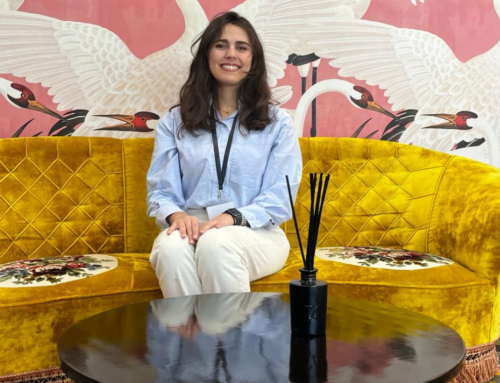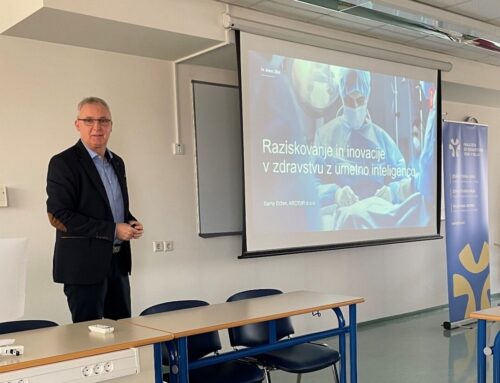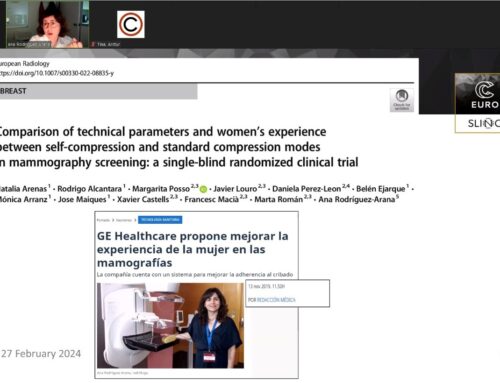The main objective of work package 3 is to build the technological environment for the project. In the last year, a USCT device was prepared for the clinical trial, data acquisition protocols for full waveform inversion were developed and tested, and the core reconstruction software was optimised and accelerated.
Assembly and preparation of the 3D USCT III device for the feasibility study
A 3D USCT device was prepared and tested for the upcoming clinical trial. For the important electrical and ultrasound safety tests, we were supervised by a certified medical device testing laboratory. The mechanical and EMC tests were performed based on the relevant standards. All tests were passed successfully. The methods and results were described in the comprehensive technical and risk management documentation and were submitted to AEMPS as part of the clinical trial approval process.
Adaptation to full-waveform inversion (FWI)
For the general usability of the data generated by the 3D USCT III device, the available acquisition parameters (number of ultrasound transducers, number of aperture positions, different emitted signals, etc.) and the resulting data were tested using water, phantom and measurements on healthy volunteers. The data was successfully filtered, resampled, and rearranged to be used by the FWI algorithm, resulting in a usable bandwidth between 700 kHz and 2.7 MHz.
Optimization of 3D HPC inversion software
Frontwave’s Pseudo Spectral Method (PSM) has been optimised in terms of both in execution time and memory consumption. These optimisations include parallelisation, memory management optimisation, elimination of unused code and translation of the main loop and the most time-consuming functions from Python to the C. This optimised new version enables a better execution rate on general-purpose computers due to better use of computer resources, both CPU and memory. The overall execution time of the PSM application is on average more than fourteen times faster than the original version for small, medium and 3D low frequency test cases.
Furthermore, these optimisations lay the foundation for using the latest HPC architectures to increase the performance of the PSM application and handle larger test cases.
Finally, a GPU porting is under way with promising results, allowing us to run more tests and getting results faster.
Co-design of future 3D USCT device
Prototypes are currently being built and tested to optimise the next generation of devices. On the one hand, they aim at improving the overall performance and scalability of the devices and, on the other hand, at first results for improved data generation for FWI and uncertainty imaging. For example, a significant increase in the bandwidth of the transducers could be achieved. In parallel, simulations and reconstructions for artificial data are being prepared to allow a thorough analysis of the parameters likely to affect image quality, i.e. bandwidth and angular characteristics of the ultrasound transducers as well as the total number and the positioning of transducers.
Text authors: Nicole Ruiter (KIT), Oscar Calderón (Imperial College London), Eduardo C. Cabrera Flores (BSC)






